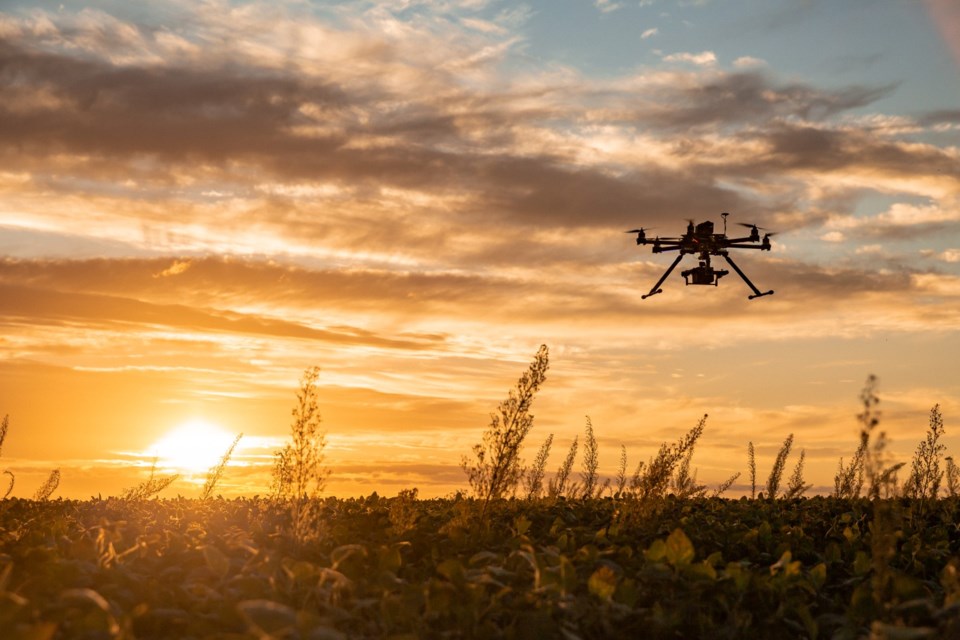Unmanned aerial vehicles — drones — are a part of many farm futures. From field and pasture reconnaissance to application of pesticides, the ability to see land without setting foot on it offers many advantages that can improve the bottom line.
Technology is developing faster than the regulations that guide operations, as is usually the case, so there’s a risk that producers will put the tools to work before the rules are ready. Liability issues are only some of the negative effects possible should accidents occur ahead of regulation. Guidelines are needed that encourage UAV use rather than stifle it.
Current aerial regulations weren’t designed for larger, utility machines that work on their own. Today’s rules were aimed at tiny machines that pose little peril when kept away from larger aircraft and from humans on the ground. And even those are evolving as the technology improves.
Rules governing the application of crop protection products were designed for manned aircraft and terrestrial application. Farmers have been applying chemicals from the sky since the early 1920s and today as much as 20 percent of agricultural pesticide application takes place this way in North America.
As a result, a great deal is known about plane and helicopter application. When it comes to tiny aircraft, the science is still being developed. Parts of Asia have been using drone application for decades, but the regulations don’t transfer well to larger-scale, North American style agriculture or to all products.
Drones and autonomous application with payloads that can be considered commercially viable are now reaching the North American marketplace at prices that make them attractive to farmers.
Regulations cover larger UAVs weighing more than 25 kilograms and those that are running beyond where the operator can see them. These require a certified operator. Transport Canada looks at these situations individually and, if operated low to the ground and in unpopulated areas, might look favourably upon the applicant.
Trouble is, Transport Canada doesn’t license the application or the farm equipment use of drones. That is up to Health Canada’s Pest Management Regulatory Agency, which doesn’t yet have regulations in place. There may be no legal way to spray pesticides via drone for three or more years.
Spot spraying and larger-scale application by smaller, unmanned aircraft have agronomic and environmental efficiencies when used appropriately and could yield economic benefits for farmers, making them more sustainable.
But consider the outcome of an accident with a UAV performing agricultural work where the general public is involved. Both the flight technology and the pesticide application will come under scrutiny, and it won’t necessarily be logical or accurate to the situation. Such an incident it isn’t likely to improve public trust in farmers and farming.
Outside of those directly involved in agricultural operations, there is already too much speculation about the role of pesticides in our world. That lack of understanding and general scientific knowledge has led to fear. No matter how unfounded, fear has carved pathways to unreasonable criticism and distrust of commercial agriculture.
Misuse of new tools, however convenient and effective, could lead to delays in regulations and restrictions that benefit no one.
Drone rules for application are being developed and should be expedited if at all possible. Producers can encourage their political leaders to give direction to Health Canada in this regard.
Karen Briere, Bruce Dyck, Barb Glen and Mike Raine collaborate in the writing of Western Producer editorials.

